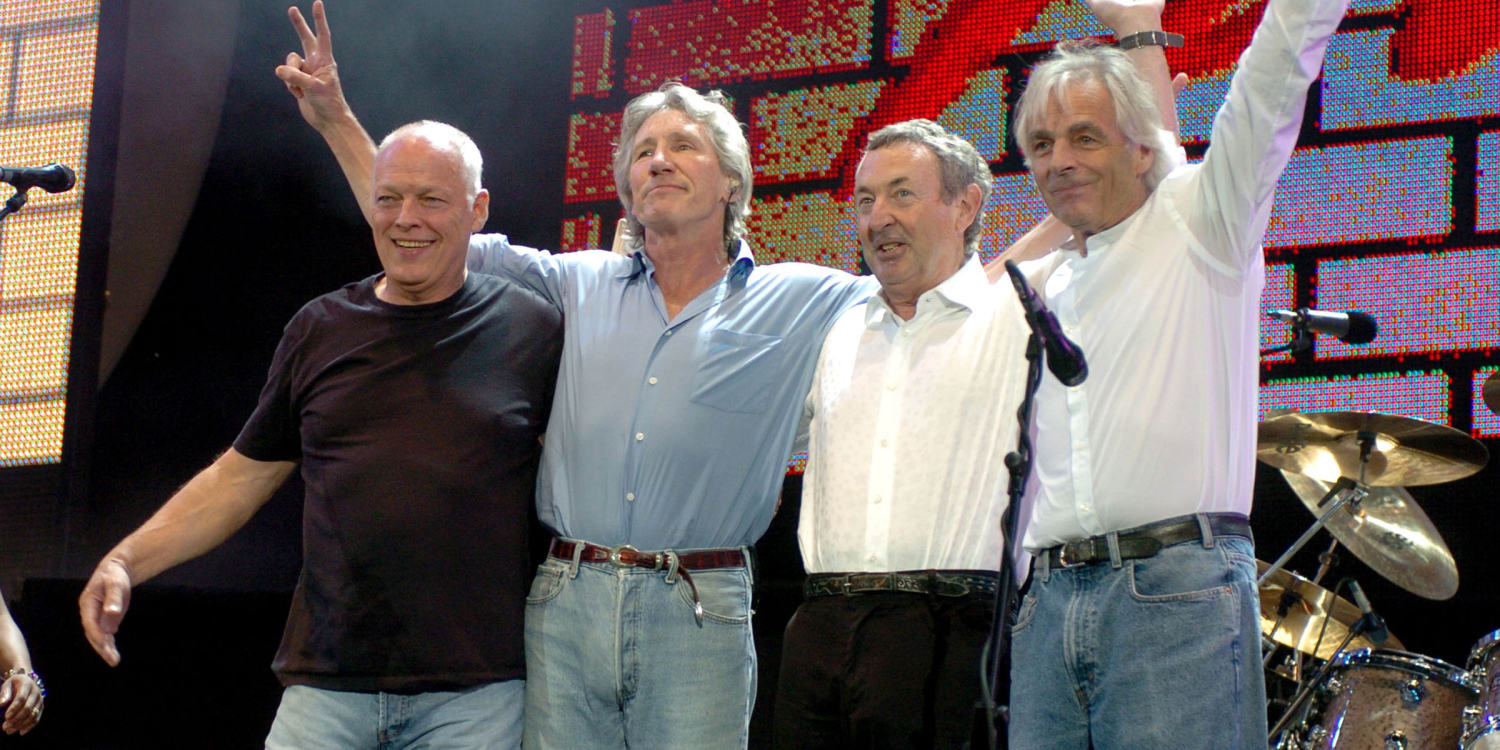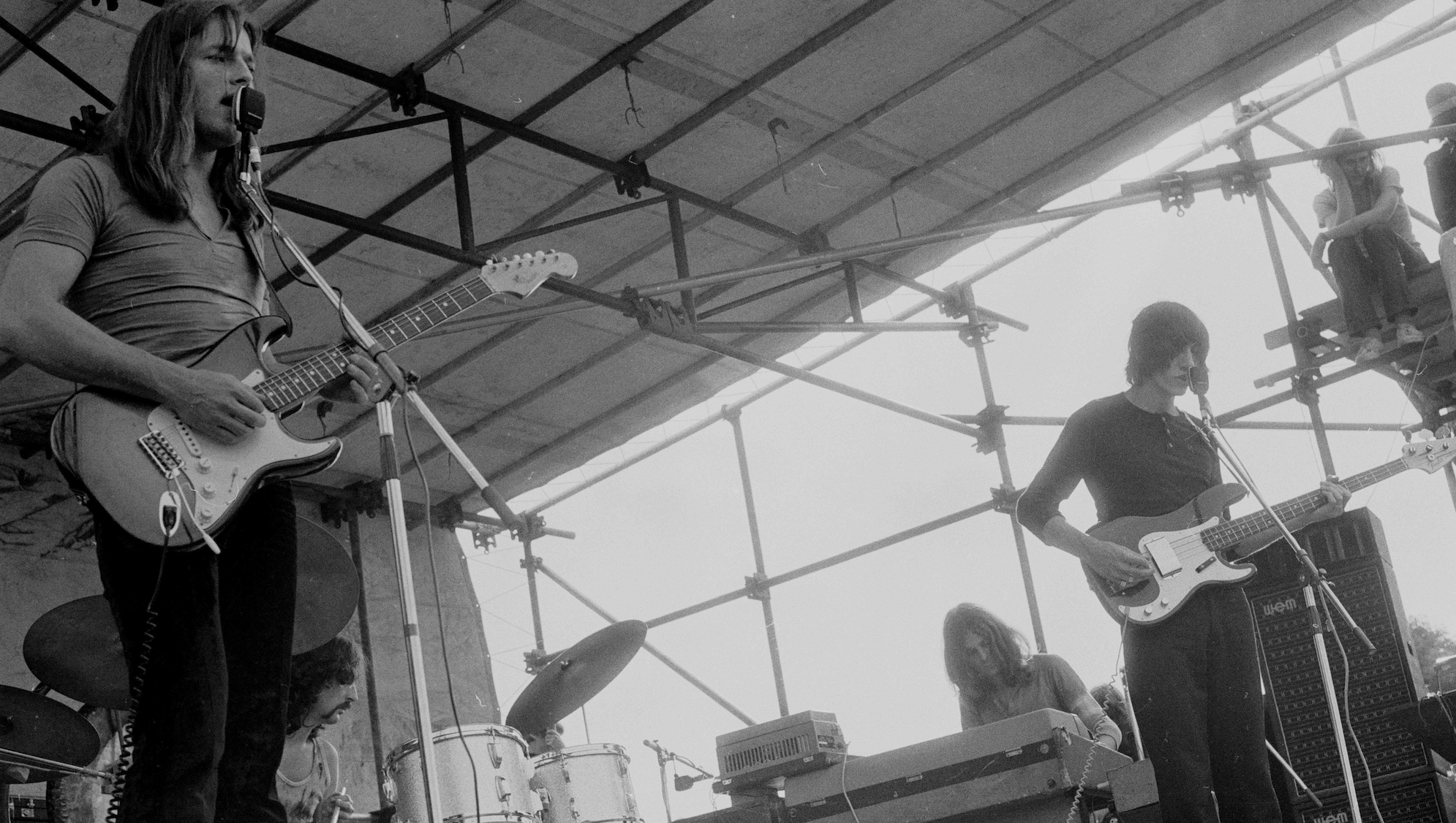New
Pink Floyd’s Last Tour An Overview
When it comes to Pink Floyd, one of the greatest rock bands of all time, their electrifying live performances and profound significance cannot be overlooked. Known for their deep-reaching music and unique studio approach, exploring the band’s final tour not only provides us with a glimpse into the end of an era but also the culmination of an artistic journey that spanned nearly half a century.
The Final Tour
Roger Waters’ last tour with Pink Floyd was in 1981, as part of their The Wall tour. The band’s final performance at Earls Court in London on June 17, 1981 marked a pivotal moment in the group’s history. This was not just a musical event, but an emotionally charged farewell between the band members, especially with Waters’ subsequent departure.
Imagine the atmosphere there: thousands of eager fans awaiting, anxiously witnessing the memorable moment when the band struck the opening notes of “Comfortably Numb” – a song that has become an iconic symbol of the disconnect between reality and dreams. This was not merely a musical moment, but a convergence of emotions, memories, and a bittersweet sense of loss.
The Emotional Farewell

The final Earls Court performance was a poignant farewell, not just for the fans but also for the band members themselves. As they took the stage, the tension and anticipation were palpable. The band members, who had shared a musical and personal journey for decades, knew this would be their last time performing together in this capacity.
The setlist for that evening was a carefully curated selection of their most beloved and impactful songs. From the opening notes of “Shine On You Crazy Diamond” to the powerful rendition of “Comfortably Numb,” the audience was taken on an emotional rollercoaster. The band’s mastery of dynamics, from the delicate and introspective moments to the grand, sweeping crescendos, created an atmosphere that was both deeply moving and profoundly cathartic.
The Legacy of the Performance
The significance of that final Earls Court performance extends far beyond the musical notes. It marked the end of an era, a farewell to a iconic chapter in the band’s history. The departure of Roger Waters, a key creative force behind Pink Floyd’s most celebrated albums, further cemented the significance of this event.
For the devoted fans who were present, the memory of that night will forever be etched in their minds. The shared experience of witnessing the band’s final bow, the collective emotions, and the sense of closure all contributed to the lasting impact of this performance.
The Memorable Reunion

Despite Pink Floyd continuing to perform without Waters, their reunion at Live 8 in 2005 was a truly historic moment. This performance not only held symbolic significance but also reignited the emotions of millions of devoted fans.
They stood on the stage together, the first time in many years, transporting the audience back to the golden era of the band. The seamless integration of their musical chemistry, despite the personal and creative differences that had once divided them, was a testament to the enduring power of their artistry.
The Significance of the Reunion
The Live 8 performance was more than just a musical event; it was a powerful statement about the ability of music to mend broken connections. It demonstrated that, even in the face of personal conflicts and creative differences, the shared passion for their craft could transcend the boundaries that had once separated them.
For the fans, this reunion was a cherished opportunity to relive the magic of Pink Floyd’s Golden Age. The emotional response from the audience was a clear indication of the deep, lasting impact the band had on their lives. It was a moment of catharsis, a chance to revisit the memories and feelings that had been dormant for years.
The Lessons Learned
The reunion at Live 8 also raised intriguing questions about the role of music in bridging divides and resolving conflicts. It suggested that, through the shared experience of art, individuals can find common ground and rediscover their shared humanity.
By evoking the most treasured moments of their past, Pink Floyd demonstrated the power of music to transcend boundaries and connect people on a profound level. This experience challenged us to consider the potential of art to mend broken relationships and foster understanding in a world often divided by differences.
The Iconic Stage Design

Pink Floyd’s live performances have always been renowned for their sophisticated lighting design and visually stunning stage setups, from the iconic imagery of “The Dark Side of the Moon” to the elaborate production of “The Wall.”
In the late 1990s, as the band embarked on their Division Bell tour, the visual elements, from the lighting to the large-scale imagery projected on the stage, elevated the musical experience to new heights. By seamlessly integrating the audio and visual components, they created immersive, multi-dimensional storytelling that captivated audiences.
The Symbiotic Relationship between Music and Visuals
When the music harmonized with the visuals, it gave birth to richly crafted narratives that invited the audience to delve deeper into the messages and emotions behind the songs. The interplay between sound and image allowed for a more comprehensive and thought-provoking experience, one that challenged the traditional boundaries of a concert.
This integration of the senses opened up a world of possibilities, prompting us to consider whether the musical experience could extend beyond just the auditory realm. The synergy between sound and visuals demonstrated the potential for art to create a truly immersive and transformative experience for the audience.
The Legacy of Innovation
Pink Floyd’s commitment to pushing the boundaries of live performance design has left an indelible mark on the industry. Their innovative approach to stage production has inspired countless artists and concert organizers to rethink the way they engage with their audiences.
The legacy of Pink Floyd’s visually stunning concerts continues to influence the evolution of live music experiences, as artists strive to create ever more captivating and multidimensional performances. This dedication to merging the auditory and the visual has elevated the concert experience, transforming it into a truly immersive and unforgettable journey for the audience.
The Lasting Impact

Pink Floyd’s final tour undoubtedly left a lasting impression, not only on the band itself but also on the broader landscape of music and culture. Their music has consistently addressed social, psychological, and political issues of the time, and their live performances have served as platforms to draw attention to these important matters.
From tackling the themes of war and personal freedom, to exploring the complexities of the human experience, Pink Floyd’s art has resonated with generations of listeners. Their influence continues to be felt, as they have inspired countless musicians and creative minds to use their art as a means of conveying powerful messages and evoking profound emotions.
The Enduring Legacy
The significance of Pink Floyd’s final tour extends far beyond the musical notes and the final curtain call. It represents the culmination of a decades-long artistic journey, one that has left an indelible mark on the world of music and culture.
While the band may have taken their final bow on that fateful night in Earls Court, their legacy lives on. The music, the visuals, and the profound messages they conveyed continue to inspire and captivate audiences worldwide. Pink Floyd’s influence can be seen in the work of contemporary artists who strive to push the boundaries of what is possible in the realm of live performance and conceptual artistry.
The Continued Relevance
As the world continues to grapple with the social, political, and psychological issues that have long been the subject of Pink Floyd’s music, their art remains as relevant and impactful as ever. The band’s ability to articulate the human condition, to challenge the status quo, and to provoke deep introspection has ensured that their music and their messages continue to resonate with each new generation of listeners.
In many ways, the final chapter of Pink Floyd’s live performances serves as a testament to the enduring power of their art. It reminds us that music has the ability to transcend the boundaries of time and space, to connect us to our shared experiences, and to inspire us to confront the complexities of the world around us.
The final tour of Pink Floyd was not just a musical event, but a profound and emotionally charged farewell that marked the end of an era. From the poignant Earls Court performance to the historic reunion at Live 8, the band’s last chapter has left an indelible mark on the hearts and minds of their devoted fans.
The legacy of Pink Floyd’s live performances extends far beyond the stage, serving as a testament to the power of art to inspire, challenge, and connect us. Their innovative approach to stage design and the seamless integration of music and visuals have elevated the concert experience, paving the way for future generations of artists to push the boundaries of what is possible.
As we reflect on the final tour of this iconic band, we are reminded of the enduring influence of their art and the profound impact it continues to have on the world of music and culture. The lessons they have taught us about the transformative potential of art and the ability of music to bridge divides will continue to resonate for generations to come.
